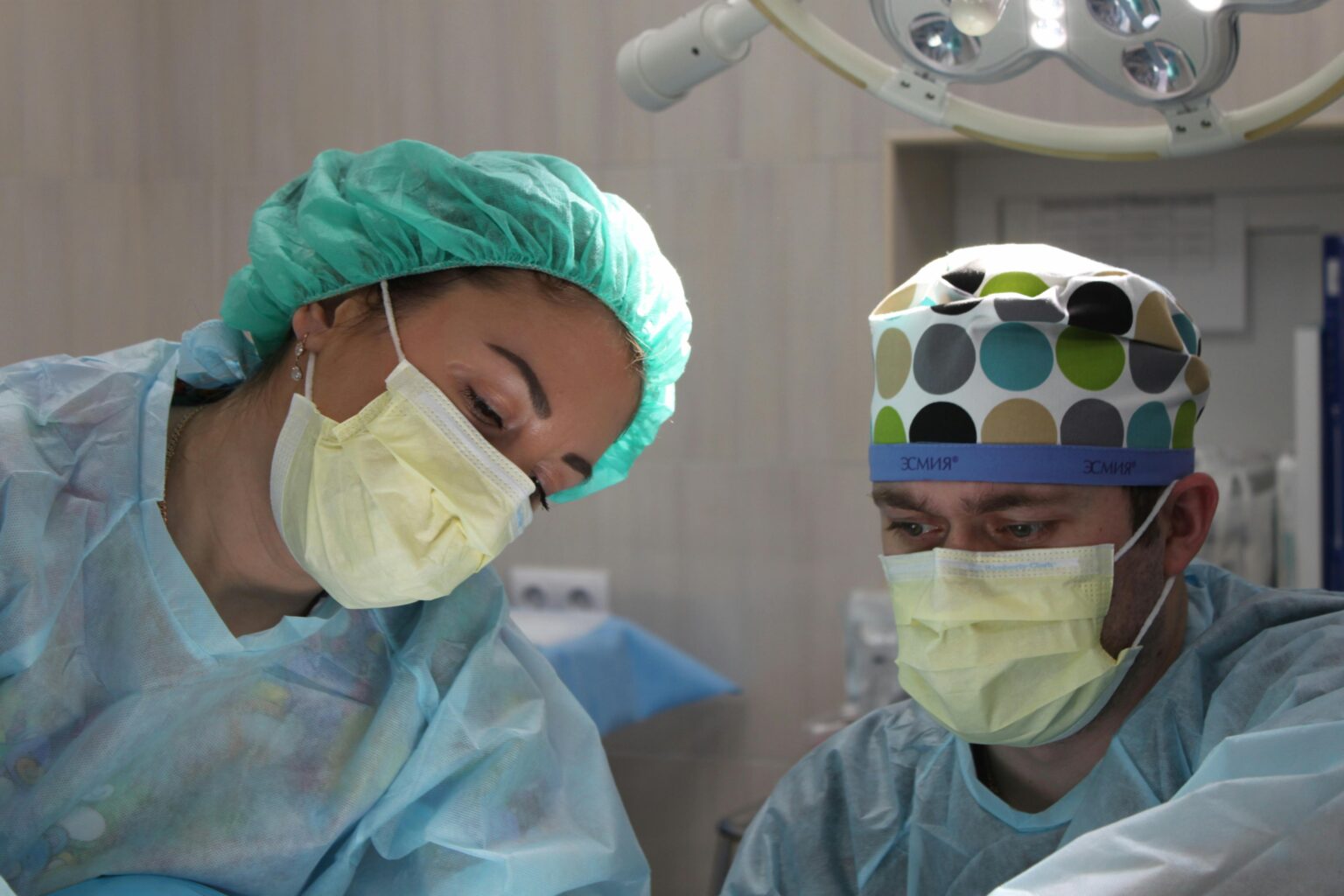The operating room has always been a space where precision, skill, and innovation converge. In recent years, technological advancements have dramatically reshaped surgical environments, enhancing both the safety and effectiveness of procedures. From real-time imaging to robotic assistance, these tools are not only streamlining workflows but also improving patient outcomes in measurable ways. As hospitals and surgical centers continue to adopt cutting-edge solutions, the benefits are becoming increasingly evident in recovery times, complication rates, and overall patient satisfaction.
Enhanced Visualization and Imaging
One of the most transformative developments in surgical technology is the improvement in visualization tools. High-definition cameras, 3D imaging, and intraoperative scans allow surgeons to see anatomical structures with unprecedented clarity. These tools support minimally invasive techniques, which reduce trauma to surrounding tissues and lead to faster recovery. Real-time imaging also enables more accurate navigation during complex procedures, minimizing the risk of error. With better visibility, surgeons can make more informed decisions, ultimately improving surgical precision and patient outcomes.
Robotic-Assisted Surgery
Robotic systems have become a staple in many operating rooms, offering enhanced dexterity and control. These platforms allow surgeons to perform delicate procedures through small incisions with greater accuracy than traditional methods. Robotic arms can filter out tremors and provide a range of motion beyond human capability, which is especially valuable in microsurgery and procedures involving confined spaces. Patients benefit from reduced blood loss, lower infection risk, and shorter hospital stays. As robotic technology continues to evolve, its role in improving surgical outcomes is expected to expand even further.
Data-Driven Decision Support
Artificial intelligence and machine learning are increasingly being integrated into surgical planning and intraoperative decision-making. These systems analyze vast amounts of patient data, including medical history, imaging, and lab results, to provide predictive insights and personalized recommendations. Surgeons can use this information to anticipate complications, tailor interventions, and optimize resource allocation. Decision support tools also assist in identifying best practices and standardizing care across institutions. By leveraging data, surgical teams can enhance consistency and reduce variability in outcomes.
Advanced Surgical Materials and Devices
Innovations in surgical materials have led to the development of more effective tools and implants. Biocompatible materials, absorbable sutures, and antimicrobial coatings contribute to better healing and lower infection rates. Devices designed for precision and ease of use reduce operative time and improve ergonomics for the surgical team. Companies like Baxter Advanced Surgery are at the forefront of developing specialized products that support tissue repair, hemostasis, and surgical efficiency. These advancements not only improve the technical aspects of surgery but also contribute to smoother recoveries and fewer postoperative complications.
Integrated OR Systems and Workflow Optimization
Modern operating rooms are increasingly equipped with integrated systems that streamline communication and coordination. Digital platforms connect surgical teams with real-time updates, patient records, and imaging data, reducing delays and enhancing collaboration. Automated scheduling, inventory management, and equipment tracking ensure that the OR runs efficiently and safely. These systems also support documentation and compliance, helping hospitals meet regulatory standards while focusing on patient care. By optimizing workflows, integrated OR technology reduces stress on staff and improves the overall surgical experience for patients.
Conclusion
Technology is playing a pivotal role in transforming surgical care and elevating patient outcomes. From enhanced imaging and robotics to data-driven insights and advanced materials, each innovation contributes to safer procedures, faster recoveries, and more personalized treatment. As operating rooms continue to evolve, the integration of these tools will become even more essential to delivering high-quality care. By embracing technological progress, healthcare providers can ensure that patients receive the best possible outcomes in every surgical encounter.

















